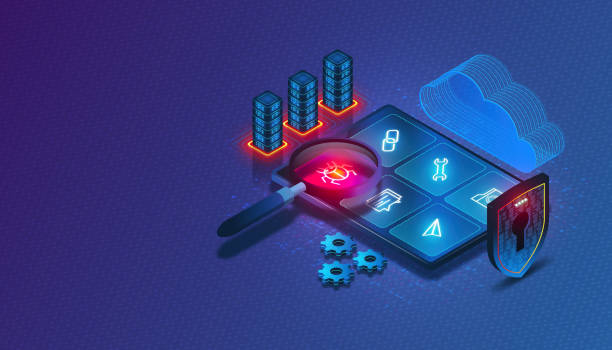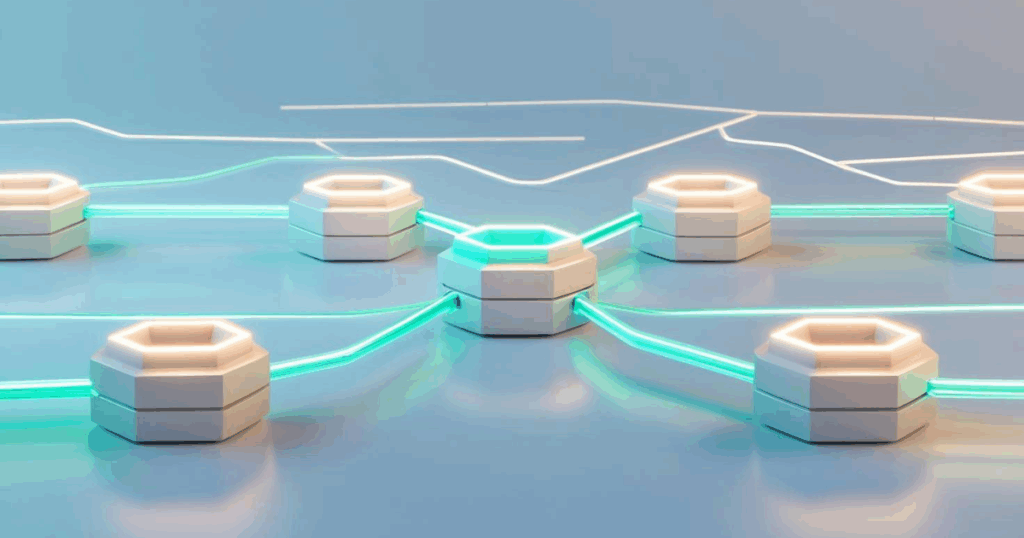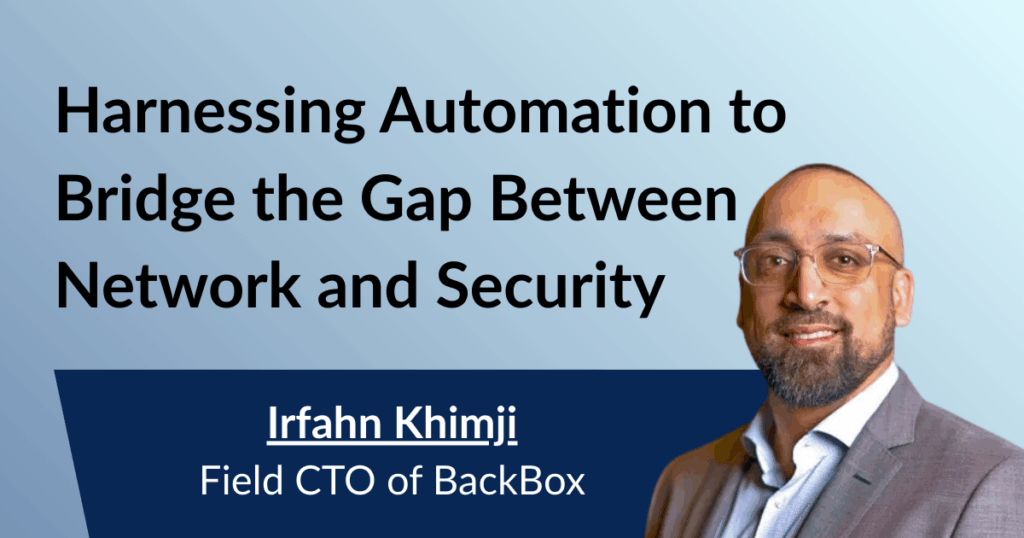What to Look for in a Network Vulnerability Intelligence Solution
Network vulnerability management is challenging for a few reasons. Devices are difficult to update, organizations often have a very heterogeneous environment with multiple vendors for network and security gear, and most security products are not purpose-built for network teams, which means people need to connect security products to what they mean in their environment.
That said, a good network vulnerability management tool will do these three things:
- Track more than CVEs. Understanding CVEs is essential, but they don’t provide the context that network engineers need to make decisions. Are two critical CVEs equal? Maybe one is more straightforward to exploit or is already being exploited. Information engineers need to develop a plan that best protects the enterprise. And, recently, there’s been some concern around simple CVE enrichment, let alone the more complex enrichment that BackBox does. A good network vulnerability management solution will start with CVEs and incorporate other contextual information from elsewhere to enrich the vulnerability tracking feed.
- Score vulnerabilities to help prioritize remediation activities. Not all devices are created equally. For example, public internet-facing devices with vulnerabilities pose a greater risk to the organization than the same device behind a DMZ. Considering CVEs, CVE context (or metadata), and network topology to provide a risk score is critical to help network engineers understand the specific impact of a CVE or, more likely, a set of CVEs on their network and devices to prioritize remediation activities best.
- Close the loop between identification and remediation. Too many solutions only provide a list of vulnerabilities and leave the ‘taking action’ part of fixing vulnerabilities to manual steps completed by network engineers. Manual remediation is obsolete, slow, and error-prone. A good network vulnerability management solution will ‘close the loop’ between vulnerability tracking, scoring, and remediation and automate remediation so that identified vulnerabilities are fixed with as little effort as possible. Similarly, if mitigation is necessary, a good solution will provide the search and automations required to determine where a CVE is relevant and automate the actions taken to mitigate the vulnerability.
Benefits of a Network Vulnerability Intelligence Program
Vulnerability intelligence helps enterprises proactively identify and address potential security weaknesses, preventing them from becoming major cybersecurity threats. This approach enhances compliance, clarifies the overall security risk landscape, and highlights areas for improvement. In today’s interconnected environment, relying only on occasional security scans and reactive measures is insufficient for effective cybersecurity.
Network vulnerability intelligence offers three key benefits:
- Replaces grunt work with immediate insights. Automated network vulnerability intelligence solutions improve security by mapping your inventory against known vulnerabilities, enhancing security posture, and promoting improvement. BackBox also analyzes new devices to ensure no new vulnerabilities are introduced when they connect to the network.
- Expands your security horsepower. Security is a team effort, but teams often feel overwhelmed by the growing attack surface and rising threats. Network teams can play a crucial role by using a network vulnerability management tool to report on vulnerabilities and necessary remediation for their devices. This proactive approach keeps security and compliance teams informed and helps reduce their workload.
- Focuses resources on what matters. Operational efficiency is key. Simplifying and prioritizing device updates based on their security impact enhances the network team’s effectiveness against threats and strengthens the organization’s overall security.
Questions to Consider When Evaluating Network Vulnerability Intelligence Solution
What’s the difference between BackBox vulnerability intelligence and something like Qualys or Tenable?
Tenable and Qualys require agents, so don’t close the loop with remediation. BackBox is agentless, meaning that we can work specifically with network and security devices where you can’t install agents and help you with the remediation using built-in, fully customizable OS Update automations.
Even if you already use these products in your SOC, BackBox is purpose-built for network and security teams. It works with a dynamic inventory assessment to ensure that you’re paying attention to the vulnerabilities that matter to your exact inventory (vendor, device, OS version).
BackBox is built on a multi-tenant infrastructure and, as such, also serves the needs of service providers.
How is the risk score calculated?
The risk score is calculated using the following information and more:
- How many CVEs are on a device?
- What are the CVSS scores relevant for that device?
- Are the CVEs critical, high, medium, or low risks based on CVSS score?
- Is the device internet-facing?
- Is CISA reporting that the vulnerability is known to be exploited in the wild?
- How easy is it to exploit?
- What’s the impact of being exploited?
- What other vendor information is available about the vulnerability?
- Is the device end-of-life?
- Is an update or workaround available for the vulnerability?
How often is the vulnerability database updated?
The vulnerability database is updated as often as vulnerabilities are added to the national vulnerability database (NVD) or announced by vendors.
Summary
BackBox vulnerability intelligence helps network and security teams save time, reduce errors, and proactively manage the vulnerability lifecycle. Our platform identifies and correlates known vulnerabilities with your inventory of network and security devices. It prioritizes these vulnerabilities based on their risk and your security posture and offers options to automate updates or implement configuration workarounds.
Discover the advantages of BackBox today. Schedule a 30-minute demo for an interactive tour of the BackBox platform.


